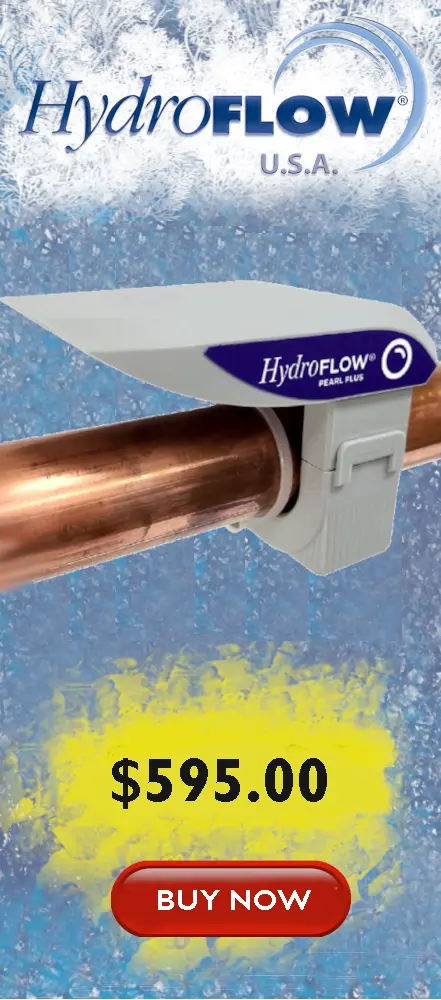
North-Dakota
Water Quality in the State of North Dakota
North Dakota, located in the northern Midwest region, carries breathtaking sceneries, miles of farmlands and thriving communities. Consistently ranked # 1 for quality of life and fiscal stability, North Dakota continues to be a top choice for relocation.
North Dakota residents receive their water from underground aquifers and surface water, such as rivers and lakes. Fargo, North Dakota’s most populous city, receives its drinking water from the Red and Sheyenne rivers.
Water Hardness Summary
North Dakota’s average water hardness is 214 PPM, which is considered hard based on the USGS water hardness measures. Bismarck, the state capital, has a water hardness level of 123 PPM. Fargo has 289 PPM, which is described as very hard water and Minot has the hardest water in the state with 300 PPM.
For more information on water hardness in specific cities, please see the table below.
PPM = Parts Per Million
mg/L = Milligrams Per Liter
gpg = Grains Per Gallon
Agriculture and Water Hardness
North Dakota has a strong farming backbone with agriculture ranking as the state's most integral industry and making it a top US producer for numerous crops. Major agriculture commodities are beans, canola, flaxseed, honey, durum, wheat and cattle. North Dakota has nearly 40 million acres of ranches and farms totaling 90% of the state’s land. The state's motto is “strength from the soil” because North Dakota has some of the richest agricultural soil in the world.
As North Dakota has water rich in calcium (the primary source of water hardness), many farms and food process plants experience issues related to scale buildup in their irrigators, production, and processing equipment, due to the mass quantities of water flow every day. In addition, contaminants polluting soil and waterways have increased greatly over the past few decades and there is a greater need for waste and chemical control. Many farmers are looking for eco-friendly solutions that can increase the quality and yield of their crops while saving water. Read more about how HydroFLOW can increase crop yield.
Solutions to your Water Quality Problems
Fixing your water quality issues in the state of North Dakota will depend on your specific water source. It is best to test your potable water supply in order to get a better understanding of your water quality. Testing is relatively cheap. The test results will allow you to understand if your potable water has issues that need to be addressed. Common solutions to water contamination problems may include a water filtration system, a reverse osmosis system or other whole home water treatment solutions.
A problem most North Dakota residents will have to deal with is hard water. One old-fashioned, inefficient, expensive and unhealthy method to treat hard water is with a salt-based water softener. Most people don’t realize that if you’re using a water softener you are basically removing calcium and magnesium from your drinking water and adding salt to your diet. In addition, many states are banning the use of salt-based water softeners.
Alternative water treatment solutions such as “water conditioners” have been gaining popularity in recent years because they are cheap to operate and the best eco-friendly solution for hard water. Hydropath technology, which powers the HydroFLOW water conditioners is by far the most efficient and cost-effective eco-friendly solution to deal with hard water problems. To learn more about how HydroFLOW solves the problems created by hard water, please check out our technology page. You might want to read this blog that explains the difference between water conditioners and water softeners: Water Conditioner vs. Water Softener Blog.

